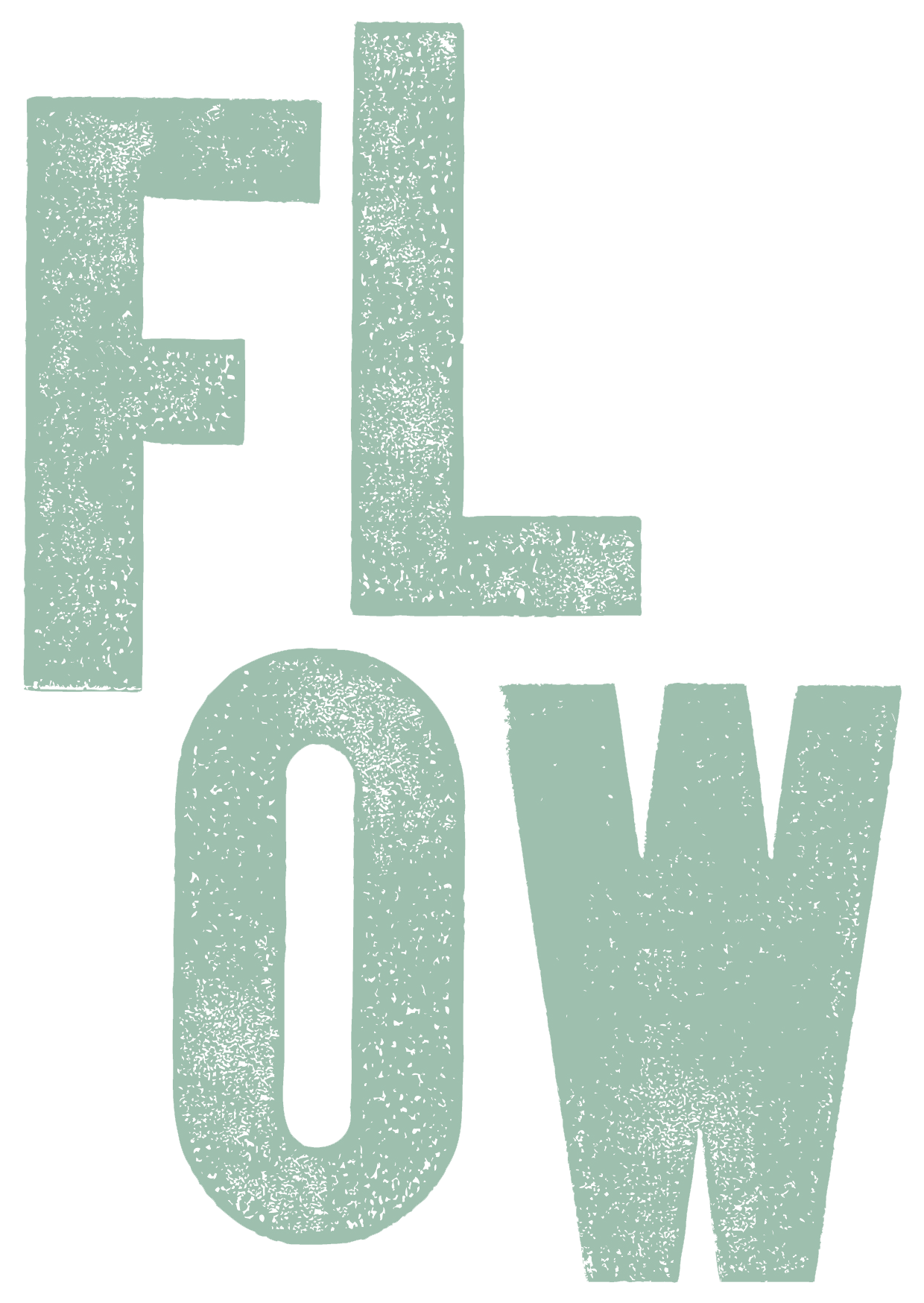CATARINA RICCABONA & LISA STOCKHAM
Flow gallery is delighted to present this collaborative exhibition between textile artist Catarina Riccabona and ceramicist Lisa Stockham. Each artist has created a body of work in response to the other’s practice. The makers share a love of texture. Referencing the history of an object or surface as a starting point. Signs of time passing, such as peeling paint, erosion and decay. Both look to the past for inspiration; traditional craft techniques, ancient artefacts and forms. Their process-led works have a similar sensibility, an organic and contemplative nature with the process of making as important as the outcome.
Catarina Riccabona’s work is influenced by the hand-made nature of vintage indigenous textiles. Working in a spontaneous and instinctive way she allows irregularities and subtle imperfections form part of the final composition. Catarina is best known for her bespoke linen and alpaca throws. Her weave practice has led her into a new direction when she recently started making wall panels hand-woven from paper yarns and raffia.
Starting point for this exhibition were ceramic works, in particular vessels by Lisa Stockham. Some of the large-scale pots feature irregular light and dark raised lines and cloud-like textures that informed Catarina’s weaving. A stimulating exchange about visual research and approach to making revealed a shared appreciation of certain artists, such as Agnes Martin and Giorgio Griffa, as well as a similarly process-led, organic way of working. Creating new hand-woven pieces inspired by Lisa’s work and the dialogue with her, Catarina explored ways of transforming an essentially two-dimensional medium into sculptural constructions by creating volume through pleats, loops and layers as well as by breaking up the two-dimensional plane by weaving holes and gaps.
Lisa Stockham explores the redundancy and renewal of an object. Her ceramics reference historic, ancient vessels and archaeological artefacts. The evidence of time passing - frayed fabric, peeling paint, eroded architecture, rusting metals, decay and erosion. It is as if the forms have been rebuilt from remains, becoming reminiscent of eroding architecture or repaired crockery.
For this exhibition she has explored surface textures combined with graphic patterns within textile imagery. Referencing black & white weave notation diagrams. The constructed textures found in weaving and reinterpreted them into her ceramics. Inspired by Riccabona’s layered weave patterns of pleats, dots, dashes and loops. Her works soft colour palette often with colour blocks of richly layered stripes, squares and rectangles. Looking at both the grid pattern and soft painterly movement of her weave.
Catarina
Riccabona
Catarina
Riccabona
Lisa Stockham




